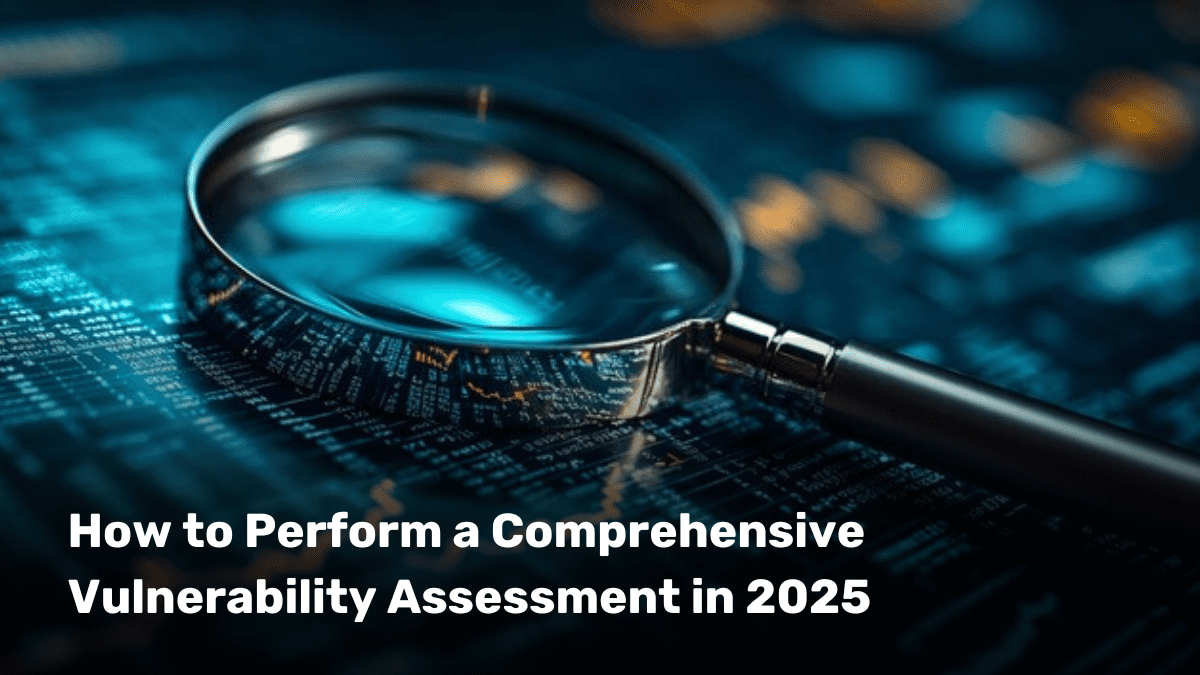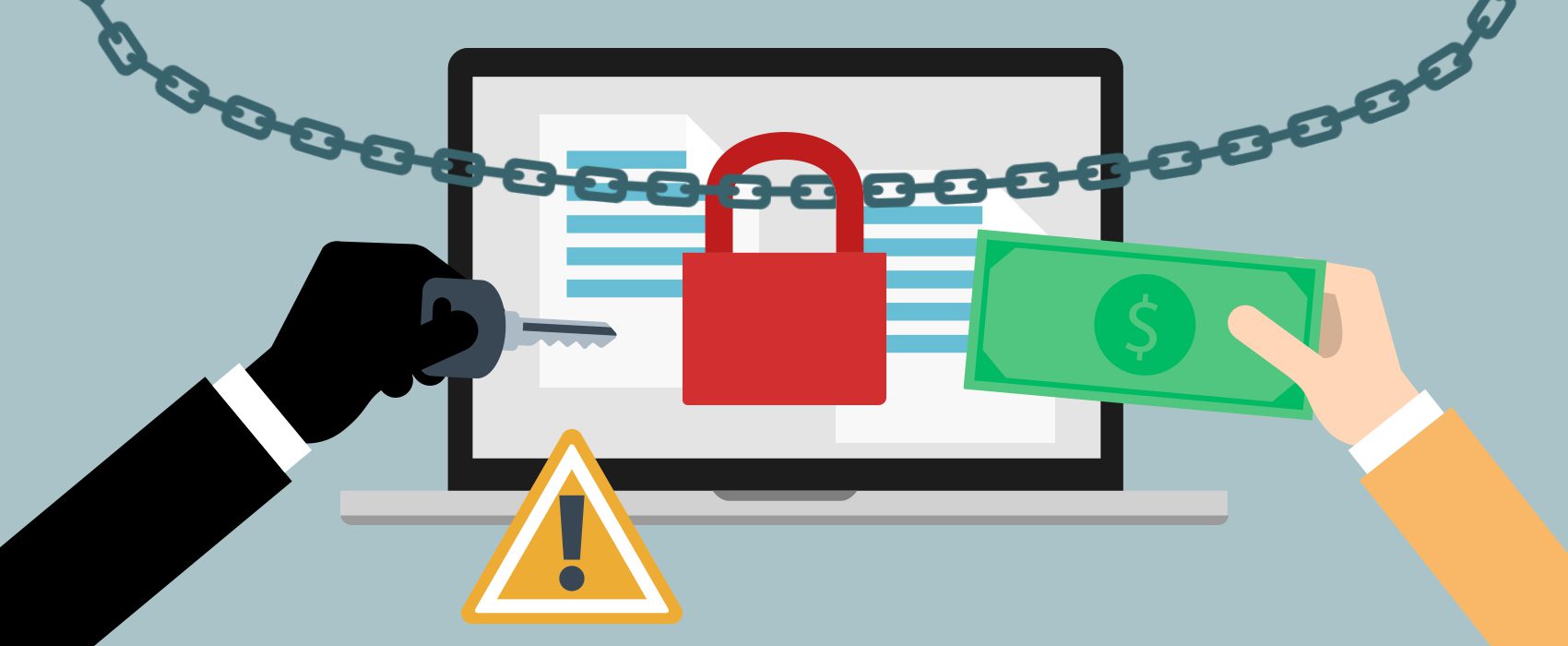
Organizations have to perform assessments of vulnerabilities because cyber threats are evolving quite fast. With it, one can get a broad picture of the security deficit in the infrastructure, apps, and networks of any business so that the risk attached can be acted upon in advance. If not done, your digital assets can be seriously compromised. Go through this article to see how to run through a step-by-step process for a vulnerability assessment.
What is a Vulnerability Assessment?
A vulnerability assessment is a systematic evaluation of the security weaknesses of digital assets. Vulnerability quantification, vulnerability identification, and vulnerability ranking are done before cyber criminals attack them. Later, corrective actions are listed.
Importance of Vulnerability Assessment
- Security: Be ready before attackers step into the security gap.
- Regulatory Compliance: Ensures adherence to industry standards such as GDPR, HIPAA, and ISO 27001.
- Enhanced Security Posture: Strengthens an organization’s head-to-toe security framework.
- Reduced Blame: Minimizes the amount of blame placed for cyber-attacks as well as immunity for negligence towards the employees.
- Secure Critical Infrastructure: Ensures that the smooth functioning of the business is not disrupted.
Steps to Conduct a Comprehensive Vulnerability Assessment
Aim for Security
Knowing your goal of vulnerability assessment beforehand always works the best. This aids in identifying which systems, networks, and applications should be evaluated. Set objectives for compliance requirements, the elimination of risk, or the enhancement of security.
Vulnerability assessment methodology: –
Gather Information
To collect the data on the IT environment of an organization, the following are collected:
- Network architecture
- Operating systems and software versions
- Security policies and controls
- Existing vulnerabilities and past security incidents
Identify Assets and Prioritize Risks
Inventory all critical assets such as servers, databases, endpoints, applications, etc. Find a risk rating of the asset across the impact and importance if the compromise were to occur. This process has an important role because high-value assets get a higher priority when it comes to security measures.
Select Assessment Tools
Detect and scan the vulnerabilities in an advanced way with tools and services. There are many types of tools you can use for 2025 and beyond. Some of them are:
- Qualysec Technologies – Advanced penetration testing and assessment services for all industries offered
- Nessus – Network security assessment
- OpenVAS – Open-source vulnerability scanner
- Burp Suite – A web application security testing tool
- Metasploit – Penetration testing framework
- Rapid7 InsightVM – Enterprise-grade vulnerability management
- Acunetix – Automated web vulnerability scanner
- Microsoft Defender Vulnerability Management – Windows security assessment
Perform Vulnerability Scanning
It can be run utilizing selected tools to perform an automated scan that attempts to identify security weaknesses. Ensure the scan covers:
- Network Infrastructure
- Web applications
- Databases
- Cloud environments
- IoT and endpoint devices
Analyze and Validate Findings
Once the scan is completed, determine false positives and what comprises the most critical vulnerabilities that the system should resolve. Some low-critical vulnerabilities can be validated manually to confirm the high-risk vulnerability. The databases of threat intelligence can be used to cross-check the results.
Generate a Detailed Report
The findings should be reported largely with a comprehensive report.
- Summary of vulnerabilities
- Risk assessment and impact analysis
- Recommended remedy actions
- Compliance gaps and security improvements
- Incident response recommendations
Remediate and Mitigate Vulnerabilities
Come up with a plan to help you out of the discovered weaknesses. Methods include:
- Security Patches and Updates: Patch and update security when the issue is presented for distribution.
- Configuration Changes: A few changes can be made in system settings, aiming to lower the level of exposure.
- Access Control: There are also such measures as access control for strengthening the mechanisms of authentication and authorization.
- Network Segmentation: It is about putting firewalls that prevent other parts of the network from accessing sensitive systems.
- Advanced Security Solutions: Solutions such as firewalls, IDS, Endpoint, etc. can be put up as Threat Mitigation Strategies.
Conduct a Follow-Up Assessment
To finish, do a follow-up vulnerability assessment of the remedy systems to guarantee the vulnerabilities have been shut. Security is still a new zero-sum game that the Security Operations team or your security partner company, as well as every hacker on the dark web, has to keep working on constantly and perform regular assessments. It will also build a stronger security framework by employing a security operations center (SOC) or partnering with experts for real-time threat detection.
Conclusion
A cybersecurity strategy is effectively divided into a vulnerability assessment of an organization. However, with advanced tools and proactive security measures, businesses can identify and reduce the likelihood of being exploited. As an organization, be well protected against cyber threats, monitoring constantly and regularly assessing in 2025 and onwards. Staying ahead of cybercriminals is a continuous process – be dynamic and adapt to the latest threats of cyber criminals.








